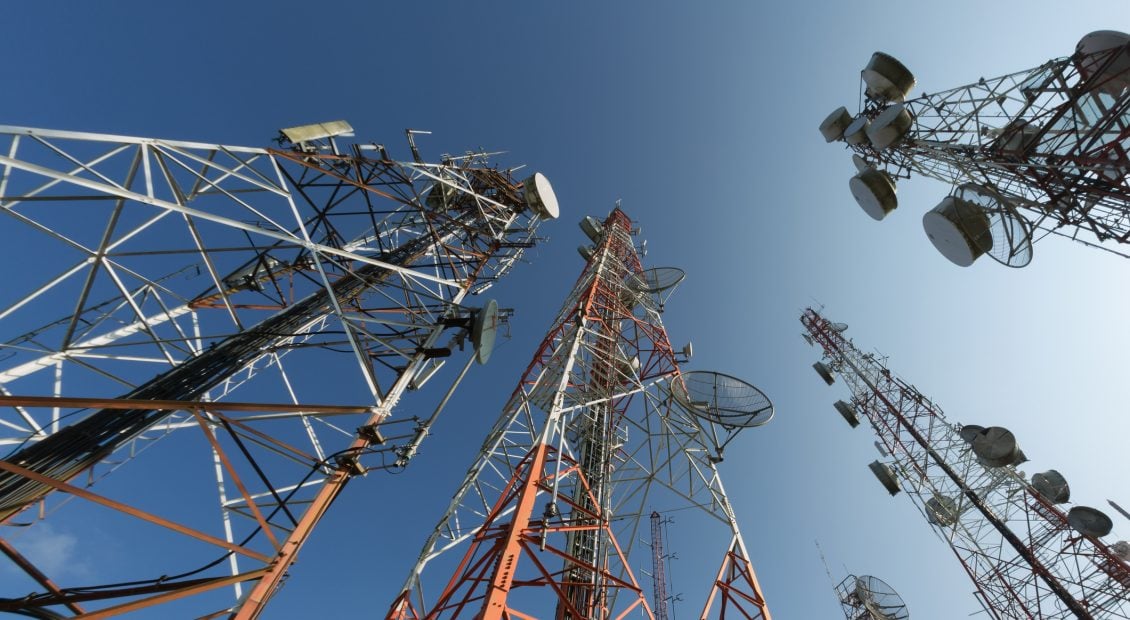
Telco network edge computing: Lessons from early movers
Drawing from the experience of Lumen, SK Telecom, Telefónica, Verizon and Vodafone, this report identifies the steps, partnerships and expectations of a successful telco edge strategy.


Drawing from the experience of Lumen, SK Telecom, Telefónica, Verizon and Vodafone, this report identifies the steps, partnerships and expectations of a successful telco edge strategy.

There is much debate in the industry on the topic of edge computing, but little clarity for vendors and potential customers on how much capacity will be available. STL Partners’ Network Edge Data Centre Forecast estimates the number of network edge data centres and their capacity from 2021-2027. We also breakdown who will operate these sites: telcos, hyperscalers or other third parties.

We found subtle but significant shifts at the GSMA’s Mobile World Congress 2023 that show how the market’s need is changing to ‘connecting technologies’ rather than ‘connectivity’. This has deep implications for the industry and telcos in particular.

Co-operation with hyperscalers can reap rewards – but only if telcos complete the hard work of cloudification first.

Some leading telcos have slowed their roll-outs of 5G Standalone cores. Others have not. What is the delay? And why it is important to speed deployments now while minimising the risks.

More telcos are making deals to run their VNFs on the public cloud. Not much is live yet. But cloud hosting of network functions will support telcos in realising the benefits of cloud-native, and we believe telcos can safely go further and faster.

With the rollout of 5G, the telecoms industry could coordinate the development of early warning systems to mitigate the impact of pollution, wildfires, floods, infectious diseases and other threats.

This report addresses the gap between operators’ excitement around edge and the ability to monetise these offerings to date. We outline the key strategies operators can pursue to accelerate their go-to-market and build edge revenues in the short term.

This is part 1 of a 3-part series taking an in-depth look at how 5G pioneers have evolved their approaches to commercialisation since launch, navigating a maze of factors such as handset availability, technology immaturity and more. What should others take from their experience to date?

Edge computing offers an opportunity for operators to grow their B2B businesses. This report outlines five types of B2B edge services that telcos can offer, and the key considerations to ensure success.

What can others learn from SK Telecom’s advanced efforts to grow in the face of declining core telecoms revenues? 5G is a part of the story, but not all of it.

Assuring networks, services and devices in the world of 5G, edge and IoT demands new capabilities in automation, AI and analytics (A3) at the edge of networks. This report sets out a roadmap for telco decision making around assurance tool creation, deployment and possible monetisation.

Both telcos and hyperscalers want to capture the value at the edge, but they need to work together to deliver of edge computing solutions and generate demand among customers. How can operators collaborate with hyperscalers while strengthening their role beyond connectivity?

Edge infrastructure deployment is happening – but how big will it really be, and where will it happen? We quantify the five-year outlook for edge deployments across four key domains.

Edge computing is a strategic opportunity for telcos. We examine the driving needs and applications for telco edge computing, describe the market and the options for telcos, discuss their partnerships with hyperscalers and recommend key actions.

This report explores how the cloud gaming market is likely to evolve and what this means for telcos. Beyond providing better connectivity through 5G and edge computing, there are several ways in which telcos can add value to the cloud gaming ecosystem.

Telcos are well-placed to take advantage of the edge computing opportunity. In this report, we dive into the questions and challenges they face and how they can overcome these to succeed.